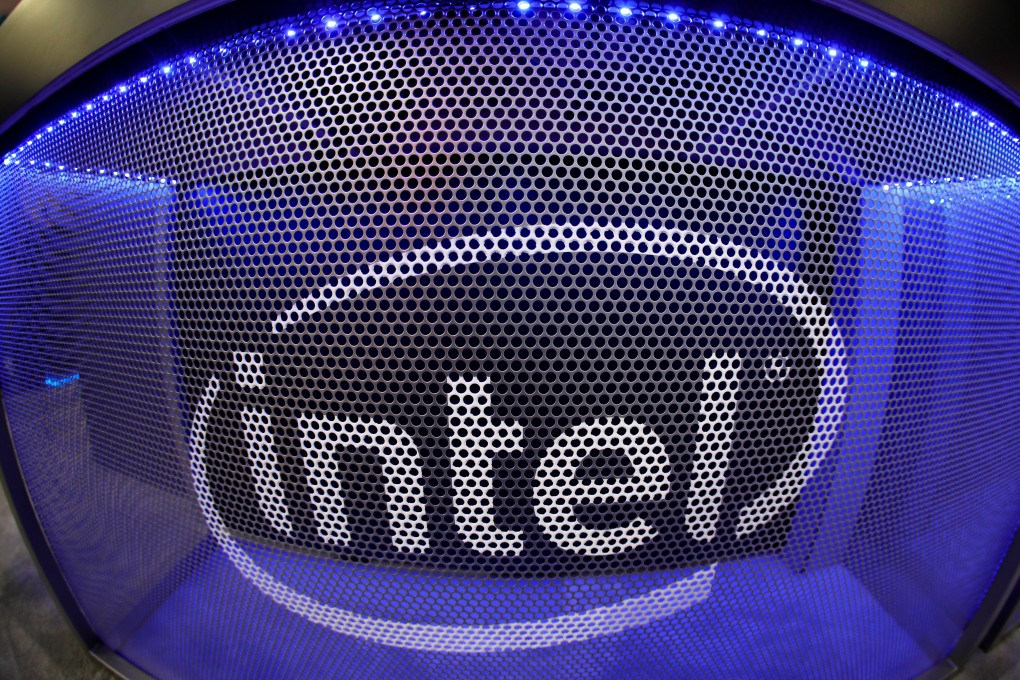Intel CEO says worst of sales slump is over but server-chip woes prove a drag on revenue forecast
- While demand for Intel’s server processors picked up in the second quarter, the division’s 9 per cent year-over-year decline in sales may signal a long recovery
- The company’s PC business slightly topped estimates, helping boost overall sales, which climbed 2 per cent to US$18.5 billion in the quarter

Intel Corp Chief Executive Officer Pat Gelsinger said the worst of a sales slump has passed and struck a bullish tone about the chipmaker’s prospects for the rest of the year and beyond. Investors are waiting to see proof that the company can regain dominance in the semiconductor industry.
The key to winning them over will be Gelsinger’s ability to lure back some of the largest companies in technology – cloud giants like Amazon and Alphabet’s Google – whose purchases of server chips for data centres have been a main engine of Intel’s profit and growth.
While demand for Intel’s server processors – its most lucrative business – picked up in the second quarter from the first, investors fretted that the division’s 9 per cent year-over-year decline in sales may signal a long road to recovery.
Intel’s Xeon chips, some of which sell for as much as a compact car, compete for business with souped-up offerings from Advanced Micro Devices, and increasingly from the internal chip-design efforts of major cloud customers, who are keen to supply their own parts.
Sales to those cloud providers like Amazon’s AWS and Google dropped 20 per cent in the recent period, Intel said on Thursday in its second-quarter earnings report.
Gelsinger projected double digit-percentage sales increases for the data centre business as a whole in the second half of the year, and said he expects pricing and market share to remain stable.